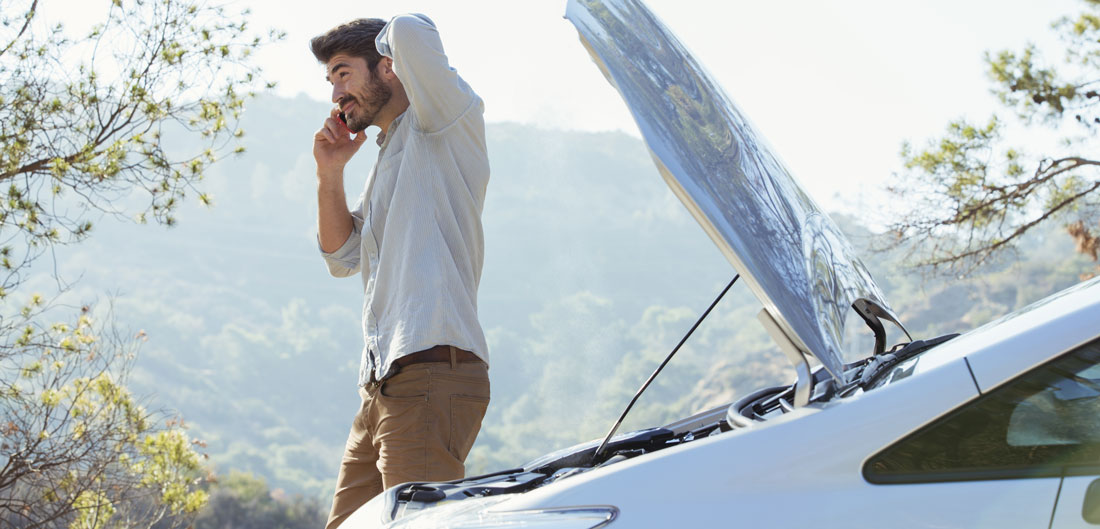 As we’ve experienced this past week, outside temperatures can get pretty high. And if outside temperatures are high, it’s fair to assume that the temperature inside your car is even higher. Your car’s engine bay can get all the way up to 200 degrees! That’s some serious heat, so it’s crucial for you to keep your engine cool.
As we’ve experienced this past week, outside temperatures can get pretty high. And if outside temperatures are high, it’s fair to assume that the temperature inside your car is even higher. Your car’s engine bay can get all the way up to 200 degrees! That’s some serious heat, so it’s crucial for you to keep your engine cool.
Usually, your car’s cooling system will do its job and keep your vehicle at satisfactory temperatures. However, if you see your temperature gauge needle rise or steam start to come from under your hood, there’s a good chance that your car could be overheating.
If your car actually is overheating, odds are there is something wrong with one of the components in your car’s cooling system. The problem could be with any one or combination of the following: your fan, radiator, thermostat, hoses or coolant.
Follow these steps if you ever find that your car is overheating:
- Bring on the heat. This is most certainly not the suggestion you would expect; however, turning up the heat all the way can actually disperse the heat coming from your engine.
- Pull over as soon as it’s safe. The worst thing you can do when your engine is overheating is to keep driving it. The damage it can cause your engine can be serious and even permanent. Therefore, your best course of action is to pull over as soon as it is safe and turn your engine off.
- Open your hood. To let the hot air escape from under your hood, open it up and let your engine cool off. Make sure to stay back, and don’t touch an engine while it’s hot!
- Check for leaks. You may not know much about cars, but some problems with your car’s cooling system aren't too difficult to identify. Check your radiator and hoses to find out if there is any coolant leaking.
- Fill your coolant. If you don’t see any leaks, it’s possible you need to fill up your coolant because it’s low. You can see how low your coolant is by removing your radiator cap (but make sure you do this AFTER your engine has cooled). Use a towel to remove your cap slowly. If the coolant doesn’t come up to the top of the radiator like it’s supposed to, pour until it does. There’s also a plastic coolant expansion tank in your car that you need to check. The majority of vehicles use a mix of 50 percent water and 50 percent antifreeze, but you could also pour in some lukewarm water for a temporary fix.
If low coolant levels were the problem, feel free to start your car again once you fill it back up. Pay attention to the temperature gauge to make sure it’s still not overheating. But, if your coolant was full or there was no leak, there’s a more complicated issue with your vehicle, and it would be in your best interest to call your local mechanic to get it checked out.
To ease your worries and keep you safe, Erie Insurance provides ERIE Road Service coverage, which gives you 24/7 access to professional roadside assistance techs. It also covers any reasonable auto towing and required labor costs.
Not only is it convenient, but it’s also affordable. To add it to your current insurance coverage, all you have to do is pay an extra $5 per vehicle per year.
If you’re interested in getting this coverage or learning more, please feel free to contact one of our professionals at Assure America. We have locations in: Weirton, Wellsburg and Chester in West Virginia; Steubenville, Ohio; Louisville, Kentucky; and Pittsburgh, Pennsylvania.



Post Your Comment